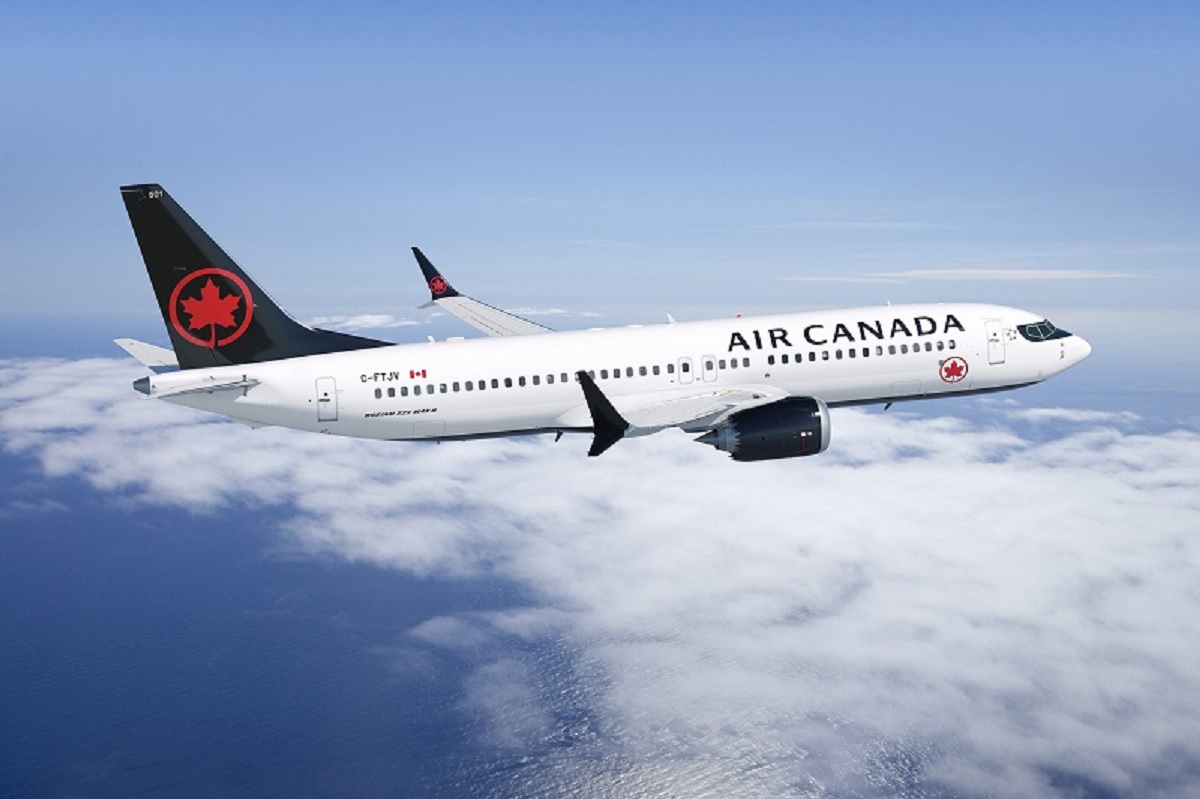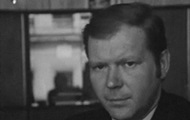Since the peak of no less than 188 euros per megawatt hour on 21 December, just over two weeks ago, the price on the Dutch futures market, which is the leader in European gas prices, has halved exactly.
This is because more tankers with natural gas (liquefied to make it easier to transport) are sailing to Europe instead of to the Far East, explains energy analyst Jilles van den Beukel. Even more important is that it is not so cold in Europe right now for the time of year, he says. If it is not so cold, then simply less gas is used.
–
–
Ships turned around
The fact that more ships are heading for Europe is because prices in Europe were so high two weeks ago, much higher than in the Far East. This meant that it was more attractive for traders at the time to have ships sail to Europe instead of, for example, to Japan or China.
The ships with gas are coming this way from the US and western Africa. In one case, traders sent a ship back through the Panama Canal to set course for Europe. That required nearly $400,000 in additional channel costs, but apparently it was still profitable.
–
–
Demand in China falls with Chinese New Year approaching, when factory activity traditionally slows. Companies are also allowed to reduce their emissions just before the Olympics.
Drop on the hot plate
Some of those tankers are arriving now. A total of thirteen tankers are now en route to Europe instead of Asia. Still, that doesn’t help that much, according to Van den Beukel.
Those ships may be good for 1 million cubic meters of gas, which is only about 0.2 percent of the total 450 billion cubic meters of gas that is consumed per year, he says.
–
–
Shortage brought back
The recent relatively mild weather has reduced the gas storage deficit by 10 percent, says Van den Beukel. Fine of course, but there is still a shortage compared to the levels you normally see around this time of year. The really cold season has yet to begin.
The weather in the Far East is even more important than the weather in Europe for the gas price, says Van den Beukel. That market is a lot bigger than the one in Europe. A cold winter there therefore creates a huge demand for gas. This is also reflected in the price.
–
–
75-100 euro
It is impossible to predict the weather for the rest of this winter (in the northern hemisphere), Van den Beukel points out. In any case, he does not think that the gas price will continue the sharp decline of recent times. “I expect a price of between 75 and 100 euros per megawatt hour in Europe this winter,” says Van den Beukel.
That is less than a few weeks ago, but considerably more than the price of under 20 euros of a year ago.
–
–


